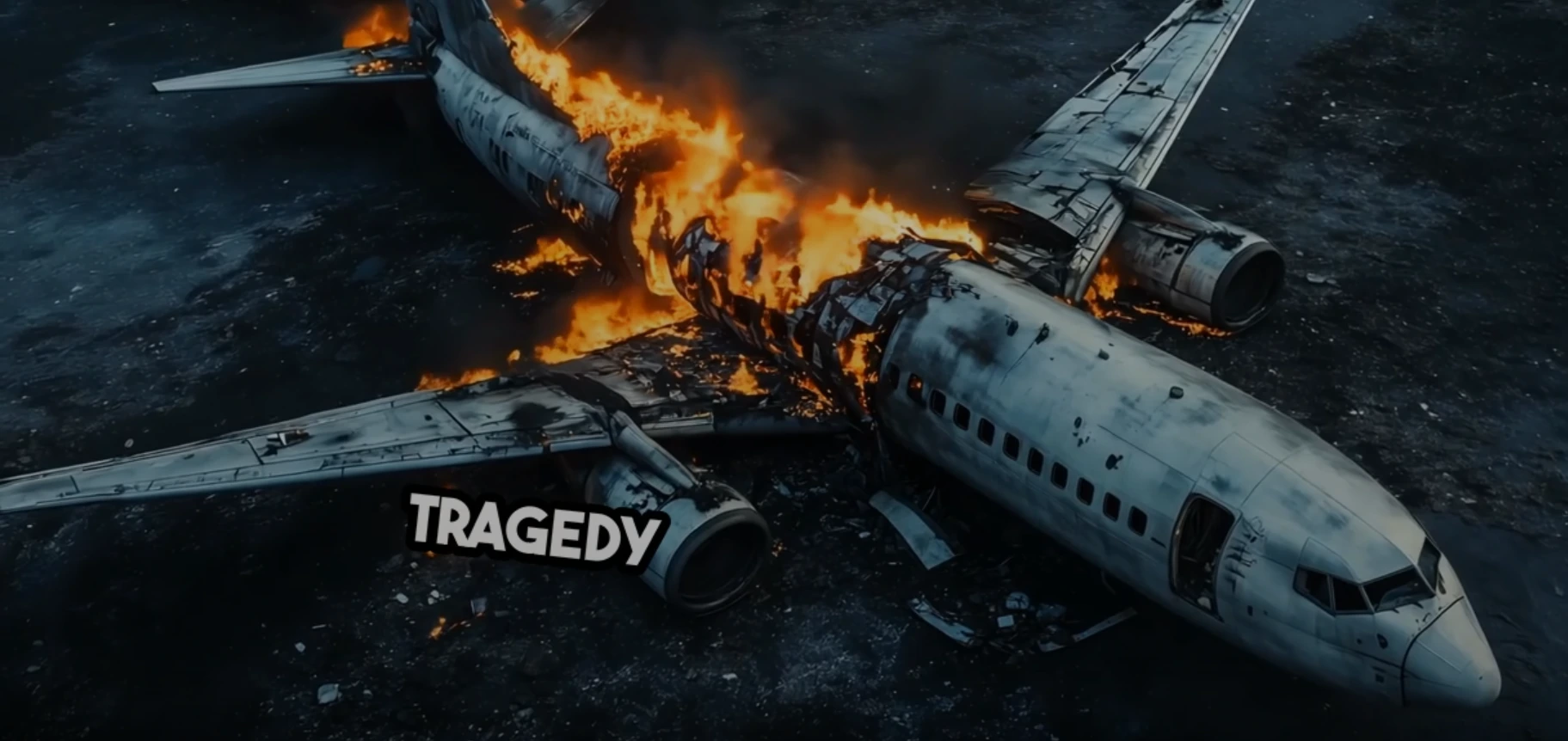Introduction
On January 29, 2025, tragedy struck near Ronald Reagan National Airport in Washington, D.C., when an American Airlines regional jet collided midair with a U.S. Army Black Hawk helicopter. The catastrophic accident resulted in the deaths of all 67 people aboard both aircraft. This incident, the deadliest aviation disaster in the U.S. since 2001, has sparked a heated political debate and raised questions about aviation safety, air traffic control, and the policies of the Federal Aviation Administration (FAA).
This article provides an in-depth analysis of the crash, its immediate aftermath, the ongoing investigation, and the broader political implications stemming from the incident.
The Midair Collision: What Happened?
The Aircraft Involved
- American Airlines Flight 5342: A regional jet carrying 64 passengers and crew, en route from Wichita, Kansas, to Washington, D.C.
- U.S. Army Black Hawk Helicopter: Conducting a routine night training exercise, carrying three Army personnel.
Sequence of Events
- January 29, 2025, 11:00 p.m. EST: The collision occurred in the airspace over the Potomac River, just outside Reagan National Airport.
- Clear Night Conditions: Visibility was high, with no reported weather interference.
- Impact: Both aircraft crashed into the Potomac River, breaking apart upon impact.
- Immediate Response: Local and federal emergency responders were dispatched immediately, but rescue efforts quickly transitioned to recovery as authorities determined no survivors were expected.

Casualties and Victims
The accident claimed the lives of 67 individuals, including:
- Passengers and Crew on American Airlines Flight 5342: 64 fatalities, including several members of the figure skating community returning from a developmental camp in Wichita.
- Crew of the U.S. Army Black Hawk Helicopter: Three Army personnel, reportedly an experienced crew undergoing an annual evaluation.
Investigation and Initial Findings
Search and Recovery Efforts
- January 30, 2025, 7:40 a.m. EST: Authorities located both aircraft wreckages in the Potomac River.
- January 30, 7:45 a.m. EST: Emergency teams confirmed the transition from rescue to recovery operations.
- Bodies Recovered: 28 bodies were recovered by the morning of January 30, with ongoing efforts to locate others.
- Aircraft Wreckage: The fuselage of the passenger jet was found split into three sections in waist-deep water.
Preliminary Statements
- FAA Spokesperson Thomas Duffy: Stated that there was “not a breakdown” in communication between the military helicopter and the commercial jet.
- Defense Secretary Pete Hegseth: Confirmed that the Black Hawk was on a “required annual night evaluation” flight and being flown by a “fairly experienced crew.”
- National Transportation Safety Board (NTSB): Leading the investigation but has urged against premature speculation about the cause.
Political and Public Response
President Donald Trump’s Remarks
- January 29, 11:19 p.m. EST: Trump posted on Truth Social, questioning the actions of the helicopter pilots and air traffic controllers.
- January 30, 11:30 a.m. EST: During a press briefing, Trump criticized FAA hiring policies under the Obama and Biden administrations, claiming, without evidence, that diversity, equity, and inclusion (DEI) hiring practices contributed to the accident.
- FAA Leadership Change: Trump appointed Chris Rocheleau, a 22-year FAA veteran, as acting commissioner following the resignation of Mike Whitaker on January 20.
Reactions from Political Figures
- Senate Minority Leader Chuck Schumer (D-NY): Condemned Trump’s remarks, calling them “conspiracy theories” and stating they “turn your stomach.”
- White House Press Secretary Karoline Leavitt: Confirmed that Trump had been briefed and emphasized that local and federal agencies were working to manage the situation effectively.
Impact on Air Travel and FAA Policies
Flight Disruptions
- Reagan National Airport Closures: All takeoffs and landings were halted immediately after the crash.
- January 30, 11:00 a.m. EST: Flight operations resumed.
- American Airlines Cancellations: Two flights between Wichita and Washington, D.C., were canceled.
FAA’s Role and Scrutiny
- FAA Buyout Offer: The Associated Press reported that FAA employees were not part of a broader federal downsizing effort announced by Trump earlier in the week.
- Air Traffic Control Controversy: Trump’s claim that unqualified individuals were hired under past DEI policies fueled a heated debate, though no evidence has been provided to support his assertions.
Eyewitness Accounts and Expert Analysis
Eyewitness Testimonies
- Local Residents: Several individuals in the D.C. area reported seeing the aircraft collide and described a “fireball” as the wreckage fell into the Potomac River.
- Airport Employees: Air traffic controllers stated that both aircraft were on normal flight paths before the accident.
Aviation Experts’ Opinions
- National Air Traffic Controllers Association: Emphasized that it was too early to speculate on the cause and urged a thorough investigation.
- Former FAA Officials: Expressed skepticism over claims that hiring practices played any role in the crash, pointing to the high level of training required for air traffic controllers.
Historical Context and Aviation Safety Concerns
Comparisons to Past Incidents
- 2001 Queens, NY Crash: Last U.S. aviation disaster of a similar scale.
- 1977 Tenerife Airport Disaster: Deadliest midair collision in history, leading to major safety reforms.
- 1986 Cerritos, CA Midair Collision: Led to significant changes in airspace regulations.
Future Implications for Air Safety
- Potential Policy Changes: Calls for reassessment of air traffic control protocols.
- Military-Civilian Airspace Coordination: Investigation may highlight the need for revised regulations governing military and civilian aircraft interactions.
- Technological Improvements: Potential for increased automation and enhanced collision avoidance systems.
Conclusion
The tragic midair collision near Washington, D.C., has not only claimed lives but has also ignited intense political debates and calls for policy changes. As the NTSB continues its investigation, the nation awaits answers regarding the exact cause of the crash. In the meantime, the aviation industry faces renewed scrutiny, and the FAA finds itself at the center of a broader political discourse regarding hiring policies, air traffic control practices, and the safety of American airspace.
As the investigation unfolds, we extend our deepest condolences to the families and loved ones of the victims of this heartbreaking tragedy.










